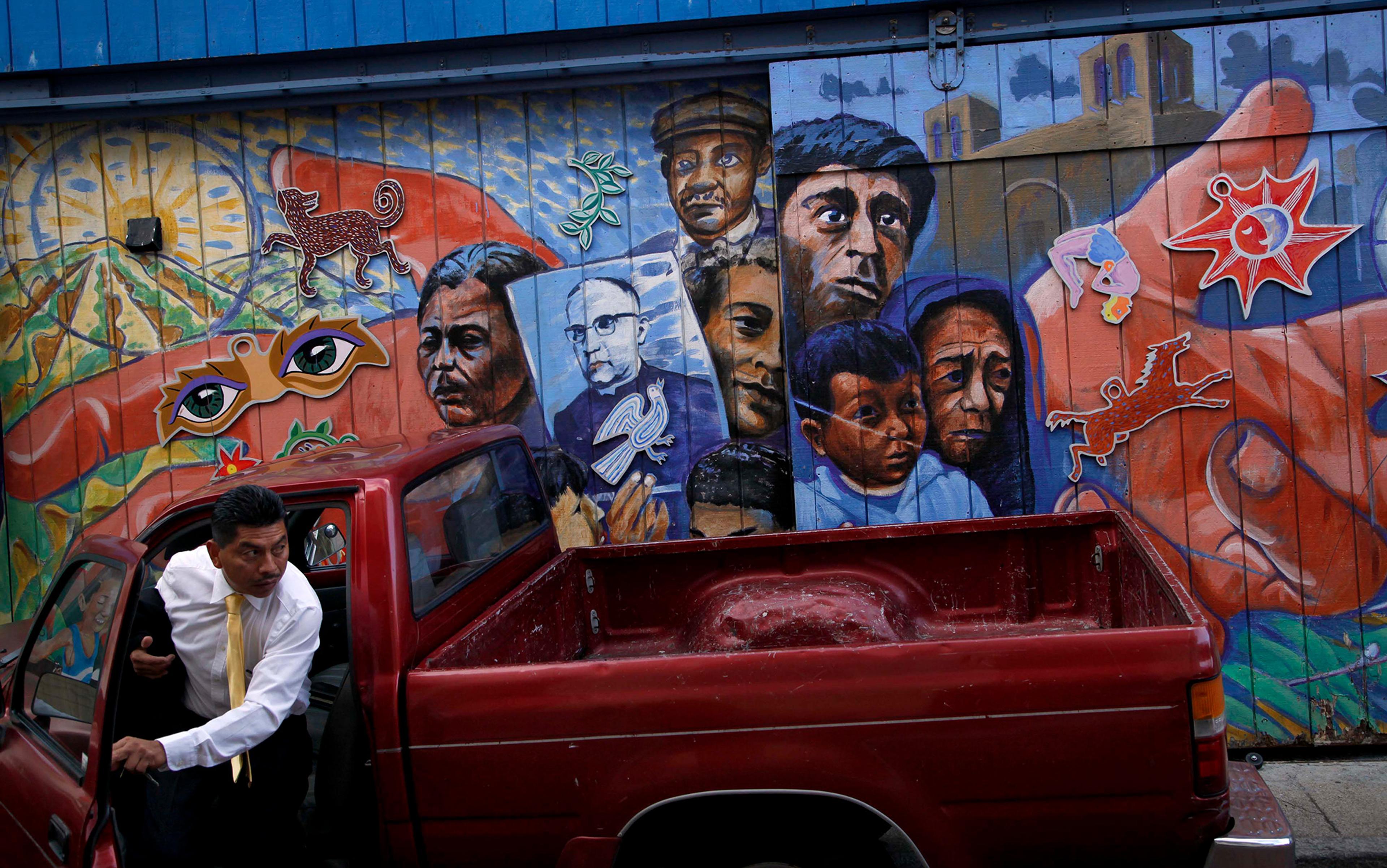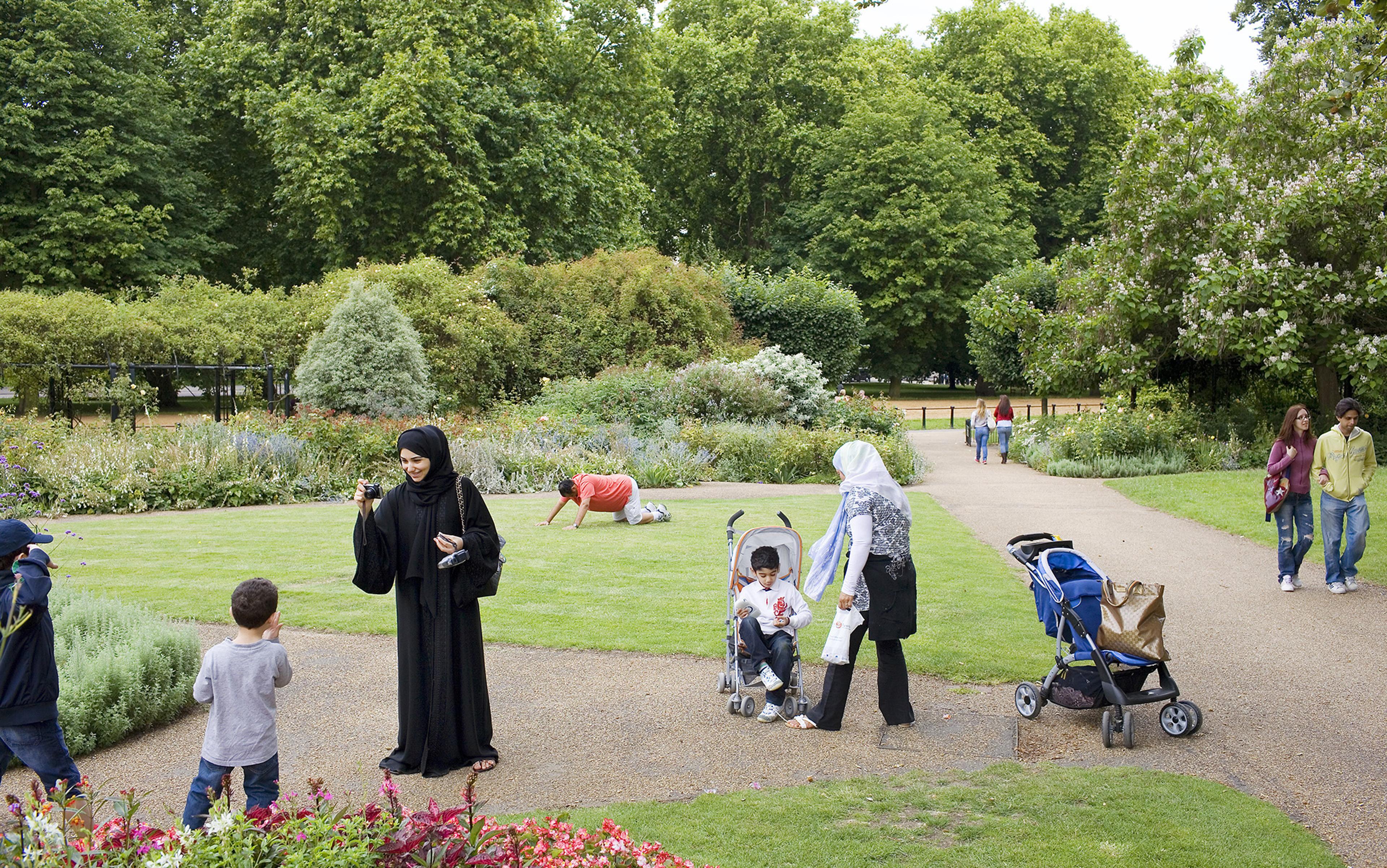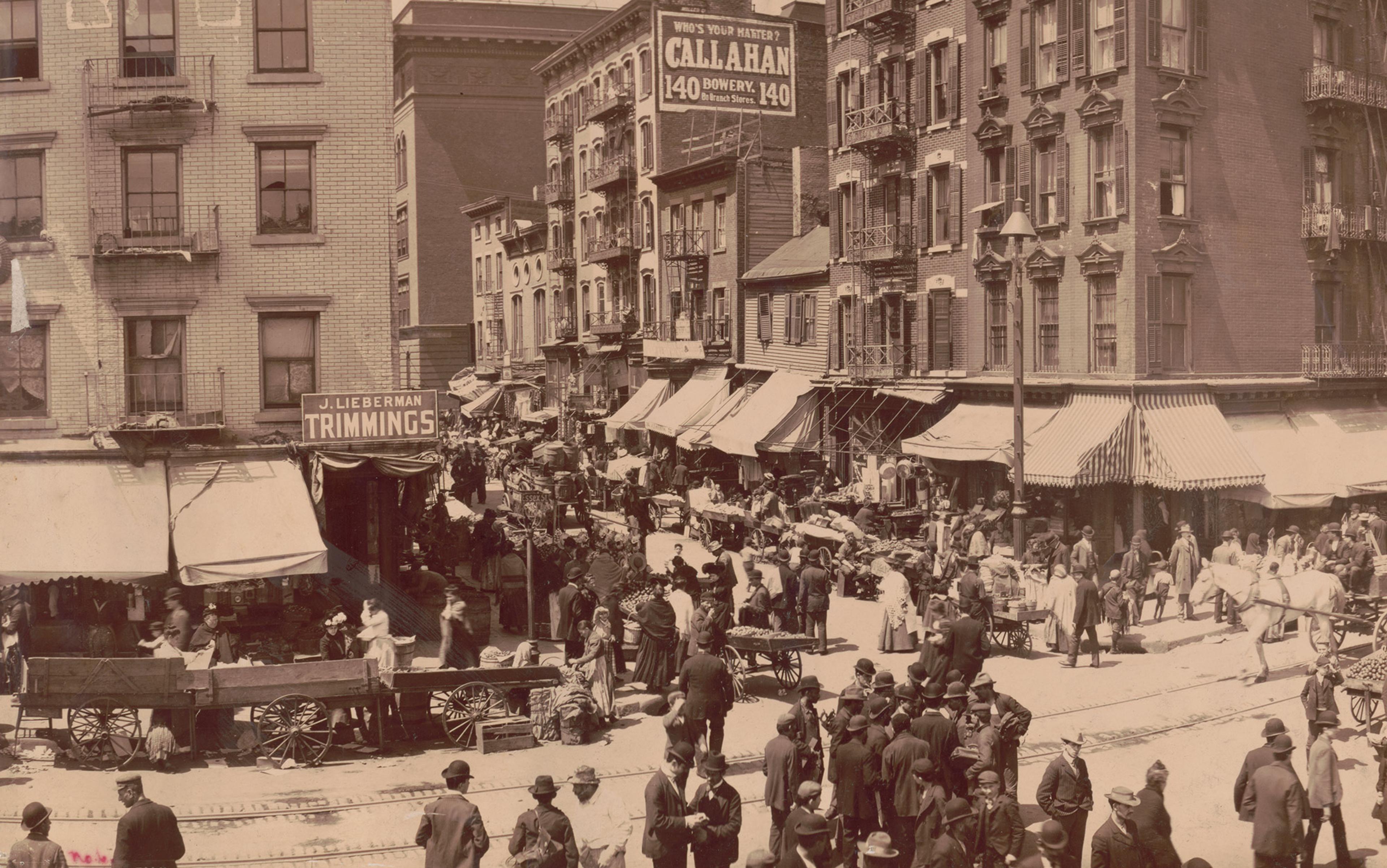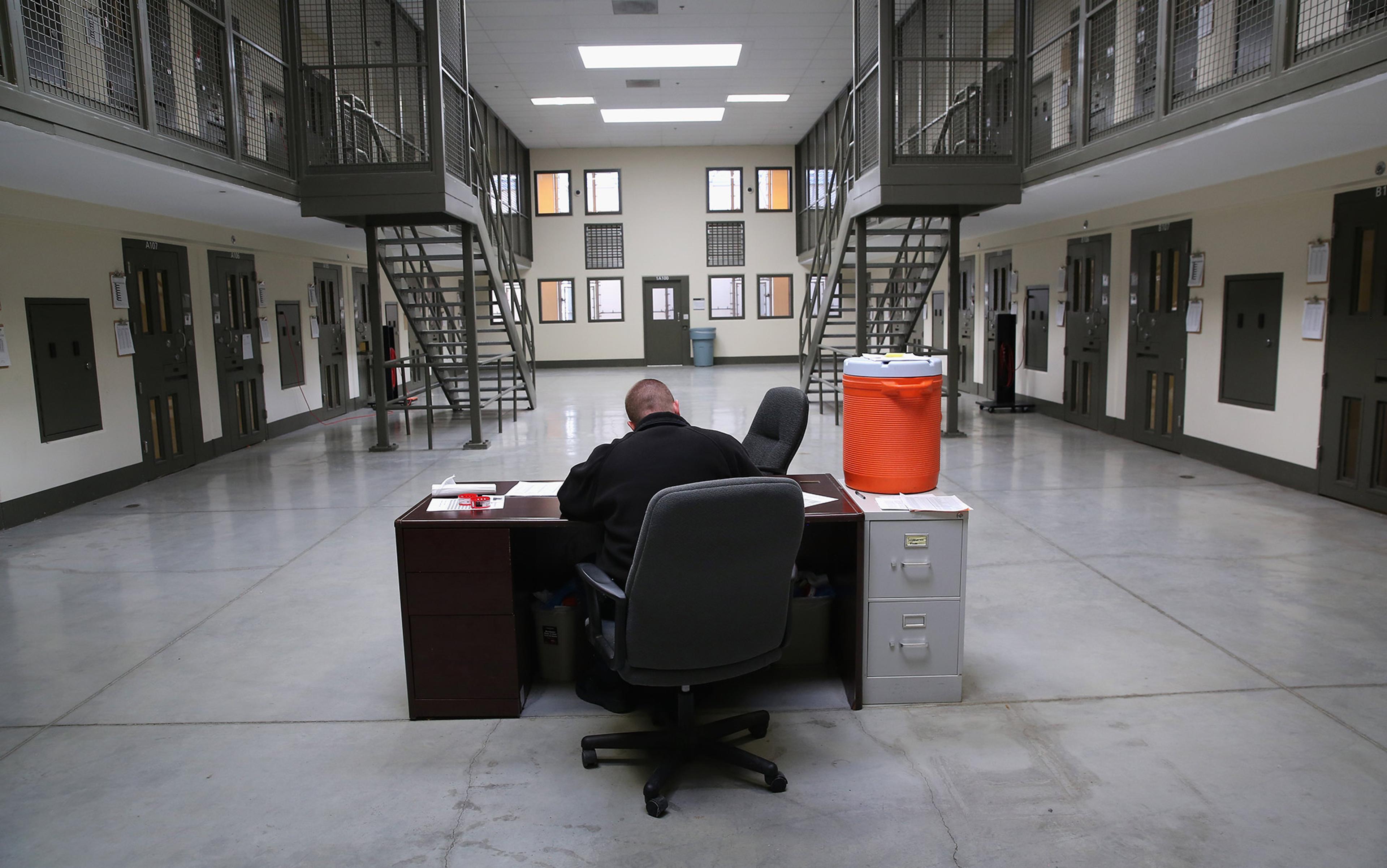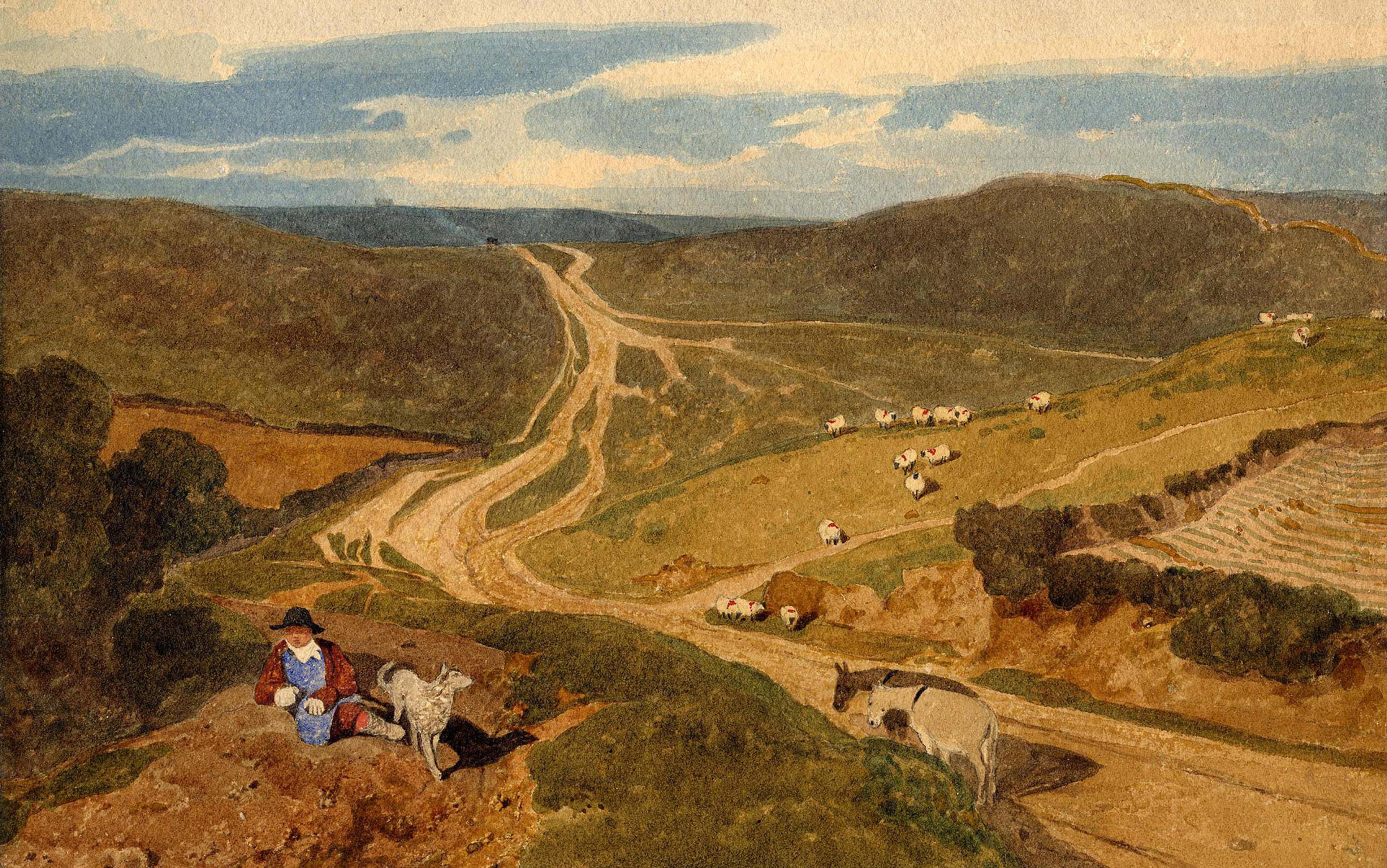In the Mission District in San Francisco, there’s a popular soccer field nestled between elegant Victorian homes and neighbourhood taquerías. Over the years, an informal system for using the field developed among locals. If there wasn’t enough space for everyone, some played while others watched from the sidelines. Once one team scored, the losing team would trade places with those who’d been on the sidelines. Sooner or later, everyone got a chance to play.
On 18 August 2014, a group of young people from the neighbourhood were playing soccer at Mission Playground when some adults, mostly employees of Dropbox and Airbnb, asked them to forfeit the field. When the kids offered to share it instead, they were rebuffed. Unbeknown to them, the San Francisco City Council had implemented a permit process whereby use of the field was sold for $27 per hour during choice times. The tech employees had a permit; the young people didn’t. Things got tense. One of the youths asked one of the employees how long he’d lived in the Mission. ‘Who cares about the neighbourhood?’ came the reply. Another of the adults waved the permit in front of the kids. The entire episode was captured on video, which promptly went viral. Shortly thereafter, hundreds of long-time residents from the Mission assembled in front of City Hall to protest the permit process. Bowing to public pressure, the city council discontinued it, and the on-and-off system for using the field resumed.
In the years leading up to this episode, the Mission District had become ground zero for the tech-fuelled gentrification of San Francisco. Historically a working-class, majority-Latino neighbourhood, the Mission saw a 60 per cent increase in market-rate residential rents between 2004 and 2013. As a result, many long-time residents were displaced, and the overall share of the Latino population declined by 25 per cent. What happened at Mission Playground was experienced by many neighbourhood residents as a moral synecdoche of gentrification. As Edwin Lindo, formerly vice president of external affairs of the San Francisco Latino Democratic Club, put it: ‘This is a literal interpretation of what is happening in our community – someone coming with a paper saying you need to leave.’
Gentrification is one of the most pressing – and polarising – issues confronting cities today. In popular discussions, defenders of gentrification tend to paint it as an influx of badly needed capital into blighted urban areas. They point to increased commercial activity and tax revenue, new wealth flowing to low-income homeowners, decreased crime and improved public services as evidence of the fact that gentrification is, on balance, a good thing. Critics view gentrification as a quasi-colonial invasion of the privileged into economically vulnerable communities. They point to the displacement of long-time residents, the overpolicing of public spaces, and the homogenisation of the commercial environment as evidence of the fact that gentrification is, on balance, a bad thing.
To some extent, the two camps disagree about the empirical facts, particularly the extent to which gentrification actually produces residential displacement. But their deepest disagreements concern political morality: the ends we ought to be pursuing as a political community. It is at the level of value disagreement that political philosophy can make a distinctive contribution to the debate on gentrification.
Gentrification is a fruitful topic of study for economists, sociologists, political scientists and historians, among others. It’s less clear where philosophy fits in. A great deal of work in philosophy is difficult to connect to gentrification simply because it exists at such a high level of idealisation and abstraction. However, recent work in political philosophy points the way towards a more practical orientation. In particular, philosophers such as Elizabeth Anderson, Amartya Sen and others have argued that philosophy can play the role of diagnosing injustice. It’s worth taking a moment to unpack the metaphor.
A doctor needn’t have any particular conception of what a perfectly healthy patient would be in order to identify what’s making the patient sick in some respect, and to prescribe treatments on that basis. But a doctor does need to listen, at once sympathetically and critically, to a patient’s complaints in order to discern what might be the symptoms of an underlying illness. By analogy, a political philosopher doesn’t need a conception of what a perfectly just society would be in order to identify what makes the social world unjust in some respect, and to suggest reforms on that basis. But a political philosopher with a diagnostic orientation does need to listen, at once sympathetically and critically, to the complaints expressed by real-world social movements in order to discern what might be the symptoms of an underlying injustice.
With that in mind, we’ll return in a moment to Mission Playground. Before doing so, however, we need to address a prior question: what is gentrification?
The term ‘gentrification’ was coined – perhaps with tongue in cheek – by the British sociologist Ruth Glass, who was struck by the changes she observed in early 1960s London. Working-class neighbourhoods were experiencing an influx of middle- and upper-middle-class residents. These affluent newcomers changed the commercial and built environment (to say nothing of the rent). ‘Once this process of “gentrification” starts in a district,’ Glass wrote in 1964, ‘it goes on rapidly until … the whole social character of the district is changed.’
So often, it’s not just rich people moving in – it’s rich white people
Since the 1960s, gentrification has become ubiquitous. Indeed, when historians of the city write about the past 50 years, perhaps the most salient change they will observe is the extent and pervasiveness of gentrification. It began in the major urban centres of the developed West, spurred in part by efforts on the part of local governments to attract capital and residents to neighbourhoods rendered derelict by disinvestment and ‘white flight’. Since the 1980s, gentrification has spread to satellite cities throughout the developed West and to many cities, large and small, throughout the developing world. Whether gentrification will continue remains to be seen. In addition to pandemics, rising sea levels pose a more long-term threat to the continued affluence of major cities. But even if gentrification stalls or reverses in the coming years, it will leave behind an urban landscape shaped largely in its image.
The core features of gentrification were already apparent to Glass. Paradigm cases of gentrification involve a neighbourhood that’s predominantly working-class or poor. There’s an influx of economically or culturally privileged residents to the neighbourhood. As a result, the neighbourhood changes: old buildings are renovated, new buildings are built, public services improve, upscale businesses move in, commercial and residential market-rate rents increase above the rate of inflation. Unmentioned by Glass, though, is the racial significance of these changes, especially in the US context. So often, it’s not just rich people moving in – it’s rich white people. When that happens, racial power inflects and compounds the power of capital.
Let’s return, then, to the Mission District. When hundreds of people protested in front of City Hall, what were they protesting against? What was the underlying injustice they were calling attention to?
Before the city council changed the rules, Mission Playground was a public good open to all. After the rules changed, it became in part a privately held commodity, open only to those with the knowledge and means to pay for it. This change didn’t only produce an inequality in the distribution of access to the field. As the YouTube video painfully demonstrates, this change also produced an important kind of interpersonal inequality. Before the change, no one had a legally enforceable right to exclude other people from the field; afterwards, some did. The Dropbox employee repeatedly waving his permit in a neighbourhood boy’s face is a textbook example of interpersonal inequality. He had the permit. The boy didn’t.
If this interpersonal inequality lay at the heart of protestors’ complaints, and if that inequality can be generalised to the neighbourhood as a whole, then it seems that what the protestors were fundamentally objecting to was the practice of treating housing as just a commodity. For when housing is treated as just a commodity, residential landlords have a right to exclude tenants from their homes whenever they can no longer afford whatever rent the landlord demands. Writ large, this right of exclusion produces displacement and housing insecurity whenever market rents exceed what tenants can afford – for example, as a result of gentrification.
Given the social cost of recognising this right of exclusion on the part of residential landlords, the question we need to ask is whether the state is morally justified in recognising and enforcing that right. We cannot answer this question simply by appealing to the ‘nature’ or ‘essence’ of property. Defenders of untrammelled property rights sometimes argue in this fashion, moving from the premise that certain rights of exclusion are ‘intrinsic’ to the concept of property ownership to the conclusion that those rights are morally justified. But this argument overlooks the fact that property is fundamentally a social creation. It is something that we came up with. Therefore, it’s something we can change. So the question isn’t whether certain rights of exclusion are or are not inherent to ‘the concept of property’. Rather, the question is whether the conception of property we have most reason to implement, all things considered, does or doesn’t include those rights of exclusion.
To home in on that question, let’s return to the lived reality of gentrification. Consider a long-time resident of a neighbourhood currently experiencing gentrification. Like most residents of low-income neighbourhoods, she rents her home from a private landlord, who can increase the rent by as much or as little as he wants, and she doesn’t receive housing subsidies from the state. The market-rate rent on her home exceeds what she can afford because of gentrification.
In this scenario, one of three outcomes will ensue. Each brings to light a different harm of unregulated gentrification. If her landlord decides to raise the rent to market rate, she’ll be forced to leave her home. In the context of gentrification, where market-rate rents are rising across the board, there’s a significant chance that she will be forced to leave her entire community as well. So even if she escapes the nightmare of homelessness by finding secure shelter elsewhere, she still suffers the loss of located attachments: neighbourhood-specific networks of care, trust and practical reliance between family members, friends and neighbours.
Research on social capital demonstrates that those low-income people most vulnerable to displacement by gentrification are especially dependent on located attachments to satisfy basic needs. If money’s short one month, they borrow from relatives; if crime’s on the rise, they rely on neighbours to keep an eye out; rather than hire a babysitter, they call upon a trusted friend. For that reason, gentrification-induced displacement can indeed be devastating. In City for Sale (2002), the urban planner Chester Hartman poignantly describes the effects of displacement in San Francisco’s SoMa District:
The interviews … revealed the disruption of social networks caused by displacement. For older people in particular, personal friendships are perhaps the most important aspect of day-to-day life. Loss of familiar faces in the streets and in the hotel lobbies, of people to talk to, eat, drink, and play cards with is a severe shock. Similarly, the loss of stores, restaurants, and other commercial institutions can rob people of an important basis of stability, a place to obtain credit, to meet friends.
Faced with such an example, gentrification-boosters would presumably point to research indicating that displacement levels are often lower than popular narratives about gentrification would suggest. This brings us to the second scenario. Imagine that the landlord doesn’t raise the rent to market rate, but he does increase the rent significantly, so that a larger and larger share of his tenant’s income goes towards rent. In this case, the tenant won’t be displaced. But she will experience displacement pressure. Although less profoundly harmful than actual displacement, this circumstance is still excruciating. Low-income residents of gentrifying neighbourhoods are forced to cut back on necessities. There’s also the enduring psychological harm of housing insecurity, and the corresponding precarity of one’s located attachments. Underlying both these harms is a distinctive wrong: the wrong of exploitation.
No one should have to depend on another’s arbitrary benevolence for the basic good of home and community
Karl Marx argued in the 1850s that capitalists exploit their workers by extracting ‘surplus value’, the difference between what the worker is actually paid and the value added by the worker’s labour. Even if we reject Marx’s economic theory, he did identify a general form of distorted human relationship. The basic form of this relationship is that a stronger party extracts undue benefit from a weaker party, which the stronger party is in a position to do only because of the latter’s vulnerability.
This description fits the decision of some landlords in gentrifying neighbourhoods to demand steep rent increases from tenants whom they know to be already economically vulnerable. Indeed, the difference between what a landlord needs to charge in order to keep up with inflation and to meet operating expenses – an amount that typically increases by 2 to 5 per cent annually – and what a landlord in fact charges in response to gentrification could be thought of as a kind of ‘surplus rent’. There is a long tradition in economic thought, dating at least as far as back as David Ricardo in the early 1800s, of viewing land rents in general as morally unjustifiable passive income. Perhaps this general indictment of rental income goes too far. It is apt, however, as a description of the moral status of the surplus rents demanded by many landlords in gentrifying neighbourhoods.
Now consider the third scenario, in which the landlord neither evicts nor exploits his tenant. Instead, he keeps the rent essentially where it was before gentrification. In this situation, it can be difficult to discern what, if anything, is morally objectionable. This, in turn, suggests that the problem with unregulated gentrification is essentially a problem of individual bad actors. However, a closer look at the landlord-tenant relationship reveals a structural injustice that’s present even under a ‘good landlord’. It has to do with the nature of freedom.
Philosophers have long distinguished between negative freedom, understood (roughly) as freedom from actual interference by others, and positive freedom, understood (roughly) as access to valuable social goods. In recent years, a number of political philosophers have drawn attention to a third kind of freedom: freedom as non-domination. The core idea is that there is an important sense in which a person can be unfree that consists in being subject to the arbitrary power of another person or agent. Someone can be unfree in this sense even if the person or agent whose power they’re subject to doesn’t exercise that power in harmful or invasive ways. For example, consider a ‘benevolent slaveholder’. Even if he never beats or abuses his slaves – indeed, even if he never would treat them that way, given his personality – the fact that he could treat them that way and get away with it implies that their freedom is profoundly constrained. In Philip Pettit’s words, such a relationship fails the ‘eyeball test’ of non-domination: the requirement that the parties be able to look at each other ‘in the eye without reason for … fear or deference’.
Seen from the perspective of non-domination, the relationship between a ‘good landlord’ and his tenant appears less rosy. True, the tenant can remain in her home and community. True, her vulnerability is not exploited to make a profit. But still, her freedom is seriously constrained. The only thing standing between her and displacement is her landlord’s benevolent willingness to charge less than he knows he could get. Benevolence, however, is a fragile thing. It’s withdrawn as easily as it’s conferred. For that reason, no one should have to depend on another’s arbitrary benevolence for the basic good of securely remaining in one’s home and community. Yet this is precisely the situation of an economically vulnerable tenant in a gentrifying neighbourhood who can’t afford the market price of her home. It is no exaggeration to say that such a person is at her landlord’s mercy.
The relationship of domination between individual tenants and their landlords has a counterpart at the level of the community as a whole. A crucial element of landlord-tenant domination is the tenant’s inability to afford the market-rate rent on her home. Whether the tenant can afford the market rate depends, in turn, on the locational preferences of prospective gentrifiers, which determine whether and to what extent market-rate rents in the neighbourhood will increase. So just as the individual tenant in a gentrifying neighbourhood depends on the arbitrary preferences of her landlord in order to remain in her home, the community as a whole depends on the arbitrary preferences of prospective gentrifiers in order to remain intact. In that sense, unregulated gentrification embodies a nexus of domination between current residents, landlords and gentrifying residents.
Let’s take stock. To this point, I have suggested three main harms of unregulated gentrification. When landlords raise the rent by more than their tenants can afford, they inflict the harms of displacement, including deprivation of located attachments. When landlords demand substantial rent increases that fall short of unaffordability, they inflict the harm of exploitation. But even when landlords refrain from demanding steep rent increases, the underlying structure of the landlord-tenant relationship is one of domination. This is mirrored at the higher-order level in the relationship between gentrifying residents and the neighbourhood as a whole.
If the fundamental wrong of unregulated gentrification is domination, then one important question is where domination fits into our moral landscape. In particular, what broader values are served by freedom from domination?
This brings us, finally, to the value of democracy. Democracy is often understood in narrowly electoral terms, as encompassing the right to vote in free and fair elections. Important as that right is, it doesn’t capture the full extent and texture of the value of democracy. Essential to that value is the freedom from arbitrary power. Indeed, the very idea of self-government is the positive counterpart to arbitrary rule by others. If that is correct, then the idea of economic democracy provides a framework for approaching the question of how to regulate the housing market so as to avoid the harms of full commodification.
We can live up to the value of democracy, or we can treat housing as just a commodity. We can’t do both
Consider just three examples. Although often criticised for generating market failures and economic inefficiency, rent control is making a political comeback. In 2019, Oregon became the first US state to pass state-wide rent control. And just this year, Berlin went even further, mandating a five-year rent freeze that applies to more than 90 per cent of all rental units in the German capital. From the perspective of democratic values, rent control has two main virtues. First, by restricting rent increases to the rate of inflation plus operating costs, rent control ordinances prevent landlords from extracting surplus rent and thereby prevent them from exploiting their economically vulnerable tenants. Second, and more fundamentally, by requiring landlords who demand more than the specified amount to formally justify their demand in a procedural forum, rent control provides a due-process safeguard against domination.
Rent control’s principal limitation is that it preserves the structure of private property that underlies the landlord-tenant relationship. A more radical response is to make housing less about private property in the first place. To that end, one reform is significant expansion of the public housing sector. Although the idea that a large share of the population would pay their rent to the government is anathema to many in the US, it’s a familiar feature of many European cities. In Vienna, for instance, more than 60 per cent of all residents reside in social housing – and the programme remains popular. Another reform is collective ownership of land by means of community land trusts (CLTs). The basic premise of CLTs is a division between private ownership of residential real estate and public ownership of the land on which homes are built. The self-governing structure of CLTs preserves local autonomy, while safeguarding against private domination. This is just one example of innovative, ‘mixed’ property arrangements that combine significant elements of both public and private ownership.
Of course, the policy question of how best to regulate gentrification ultimately depends in large part on empirical assumptions about the consequences of implementing one reform rather than another. Political philosophy as diagnosis can identify the symptoms of an injustice, and point the way towards the right treatments, but it can hardly purport to settle the question of what to do, which requires input from informed social scientists, stakeholders and the general public. Nevertheless, one general lesson of this diagnosis is clear. The full commodification of housing is incompatible with a core principle of democracy: freedom from domination. It follows that we can live up to the value of democracy, or we can treat housing as just a commodity. But we can’t do both.
Gentrification is a mirror of injustices in society at large: an extraordinary concentration of private economic power in the hands of a few; the privatisation or commodification of previously shared and public goods; the deleterious consequences of both for race- and class-oppression. But gentrification reflects them with a particular clarity and intimacy. It is something that happens at soccer fields and parks, on the subway and on the sidewalk, in one’s own home. When harmful, its harms are felt acutely. Yet the localness of gentrification also creates opportunities for ordinary citizens to directly counter those harms. Although the most important solutions will necessarily be structural, ordinary citizens can still petition their city council to promote inclusionary zoning, join a march against the closure of a neighbourhood institution, and do the work of building meaningful located attachments in the community. The US Supreme Court Justice Louis Brandeis in the 1930s described the states as ‘laboratories of democracy’. The same could be said of cities, if we can rise to the challenge.
